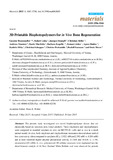Adobe PDF
(952.28 kB)
Fulltext / Volltext
Page view(s)
140
checked on Dec 1, 2023
Download(s)
12
checked on Dec 1, 2023



